Licensed Victuallers' School, Kennington London / Slough, Buckinghamshire
In 1794, the Friendly Society of Licensed Victuallers was set up to help publicans distressed by illness, age or poverty. Much of the Society's income derived from the publication of a trade paper, the Publicans' Morning Advertiser. On January 10th, 1803, the Society opened the Licensed Victuallers' School for the children of deceased or distressed members. The initiative for the institution has been attributed to Mr W.R.H. Brown, who was later the Warden of the Fleet Prison and Keeper of Westminster hall.
The school was opened in premises on Kennington Green in south London.
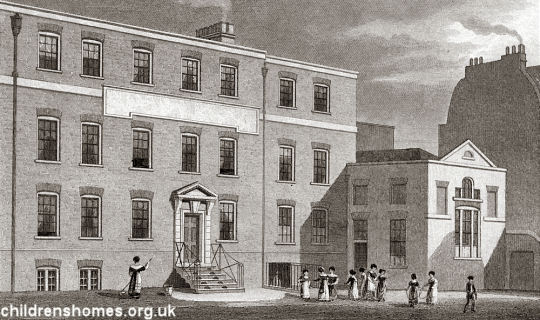
Licensed Victuallers' School, Kennington, c.1828.
The original building was extended as funds permitted, eventually accommodating over 100 children. Eventually, however, it was decided to erect a much larger building on the same site and the existing property was demolished in 1835. While the rebuilding work was taking place, the School moved to temporary premises at Grove House, Camberwell.
The foundation stone for the new School was laid on 21st January, 1836, by Lord Melbourne. The building, which could accommodate up to 250 children, was designed by Henry Rose and its construction cost £14,000. The official opening took place on March 14th, 1837. A few months later, Queen Victoria agreed to become the School's Patron in succession to her uncle, the late William IV.
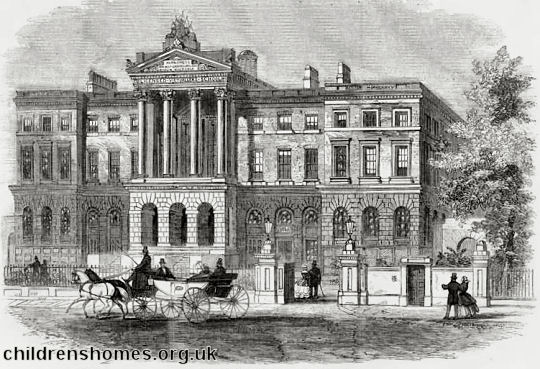
Licensed Victuallers' School, Kennington, c.1858.
Like many charities of the period, admission to the school was through a periodic ballot of the institution's subscribers. A summary of the school's admission procedures is included in its entry from an 1890 directory:
In 1922, the school moved out of London to a property on Mackenzie Street, Slough, in Buckinghamshire. The premises, originally a hotel, had previously been home to the British Orphan Asylum until financial problems had caused its collapse.
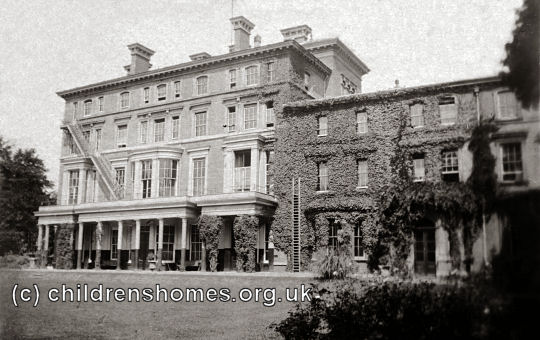
British Orphan Asylum, Slough, c.1907. © Peter Higginbotham
The old hotel was demolished in 1938 and replaced by a new building on another part of the site.
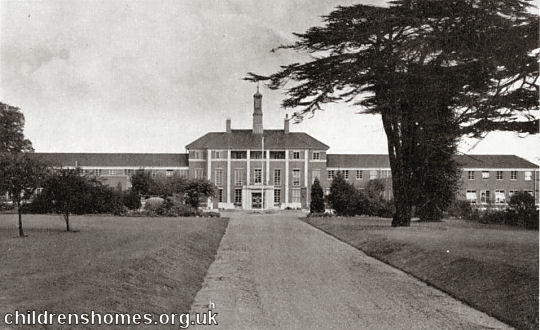
Licensed Victuallers' School, Slough, c.1939.
In the late 1980s, the school moved to a new site at Ascot in Berkshire. Now known as LVS Ascot, it continues as a successful independent school.
Other children's institutions that have been run by the Society include the Clevedon House School at Ben Rhydding, West Yorkshire (early 1980s-2005), and the LVS School at Hassocks for children with learning difficulties.
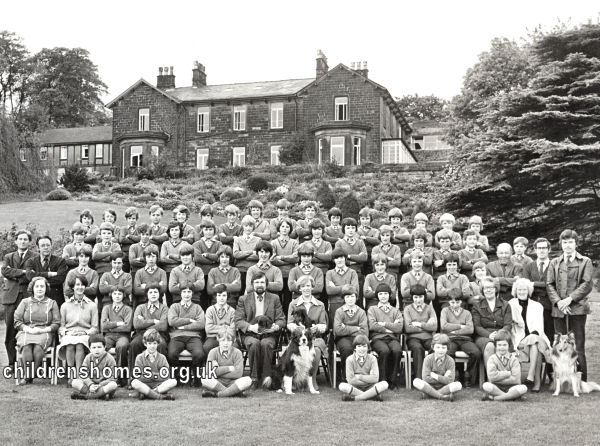
Clevedon House School, Ben Rhydding, 1976
In 2004, the Society of Licensed Victuallers became part of the Licensed Trade Charity.
From 1921 to 1992, the Kennington Road building, renamed Imperial Court, was the headquarters of the Navy, Army and Air Forces Institute (NAAFI). It has now been converted to residential use.
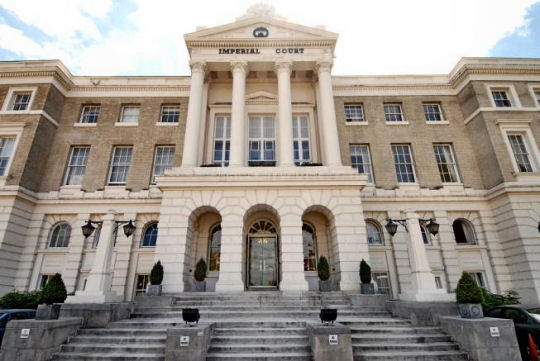
Imperial Court, c.2012.
Records
Note: many repositories impose a closure period of up to 100 years for records identifying individuals. Before travelling a long distance, always check that the records you want to consult will be available.
- The
Ancestry UK
website has two collections of London workhouse records (both name searchable):
- The Find My Past website has workhouse / poor law records for Westminster.
- London Metropolitan Archives, 40 Northampton Road, London EC1R OHB. Holdings include correspondence, accounts, and an 1865 address to subscribers with a list of pupils.
Census
Bibliography
- Higginbotham, Peter Children's Homes: A History of Institutional Care for Britain s Young (2017, Pen & Sword)
Links
Except where indicated, this page () © Peter Higginbotham. Contents may not be reproduced without permission.


